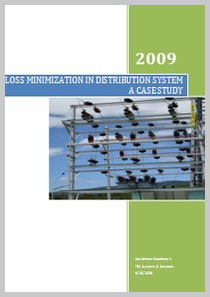
LOSS MINIMIZATION IN DISTRIBUTION SYSTEM - A CASE STUDY
In the deregulated market scenario power saving and power factor compensation is having wide role. A single kVA saving in the load side or customer premise multiplies a lot when it is carried to the utility. Capacitor is a passive device which can be used for power factor improvement. Intelligent optimum power capacitor installation in any one of the socket plugs of residential premise can really save a lot to the utility. The project deals with the cost benefit analysis of the optimum capacitor placement in Residential Dormitories of the Asian Institute of Technology Campus which is leading international postgraduate institution having around 1300 Residential Dormitories.
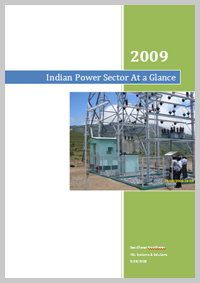
Indian Power Sector at a Glance
Contents
1)Introduction
2)Interesting Facts and Statistics
3)Power Generations In India
4)Power Transmission System in India
5)Power Distribution System in India
6)Real Time Datas
7)Conclusion
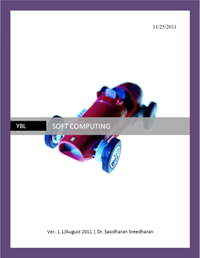
Soft Computing
Contains the complete resource materials in power point as per the calicut university syllabus.
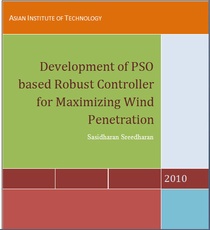
Development of PSO based robust controller for Maximizing Wind Penetration Controller
Wind power generation is in the developing phase in most of the countries and the capacity additions are increasing day by day. The importance of wind penetration is that it can reduce or replace the existing conventional generation, thereby providing lots of benefits to the end-users. To increase the wind penetration, the wind farms have to be connected to the best suitable bus and should be integrated with an intelligent robust controller. Voltage and angle instability are the main limiting factors for maximizing the wind penetration and grid control authorities are limiting the maximum wind penetration limit for maintaining grid stability. Lots of wind energy investment is hence, left underutilized. This research work is an attempt for identifying the maximum safe instantaneous wind penetration model by the optimization of Grid Control Parameters. A new approach based on Particle Swarm Optimization (PSO) algorithm has been developed and suggested to identify the maximum permissible safe instantaneous wind energy penetration limit. Optimal Wind farm placement methodology for maximizing the wind penetration has been suggested by taking into account voltage sensitivity index. The concept of robust intelligent PSO based wind penetration controller has been introduced to facilitate healthy maximum penetration by the optimization of grid control parameters. Three control algorithms, namely load increase, generation displacement and combined generation displacement and load increase have been embedded in the controller for suiting into various types of power grids. The methodologies and techniques for enhancing the maximum wind penetration by using the Flexible AC Transmission Systems (FACTS) controllers have also been included in the controller. Static and dynamic models by considering turbine governor, automatic voltage regulator etc have also been incorporated in the study and the small signal stability at higher penetration levels are analyzed by conducting the eigenvalue analysis of the complete power grid. The architecture of the maximum wind penetration controller has also been suggested. All the above mentioned methodologies and approaches are tested with IEEE 14-bus standard system and Kerala grid 25-bus practical system. The results have shown that the maximum instantaneous wind energy penetration limit in percentage and also maximum safe bus loading and generation displacement point explicitly beyond which system drives into instability.
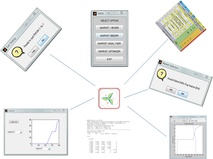
Power Market Simulator
Salient Features
- The software PMSIM 1.1 (R2009) is developed in house in AIT Bangkok for the Power Market Simulation.
- The software is coded in Matlab Powered by Microsoft Excel.
- Input/Out Interface is in Excel.
- Ideal for Laboratory Simulations and profit loss Calculations and balance sheet preparations for power market industry
- Choice of Hourly and daily bid.
- Market Model is California.
- Designed to Handle the market flexibility for a complicated power market.
- A highly versatile, user friendly and interactive tool for power market simulation.